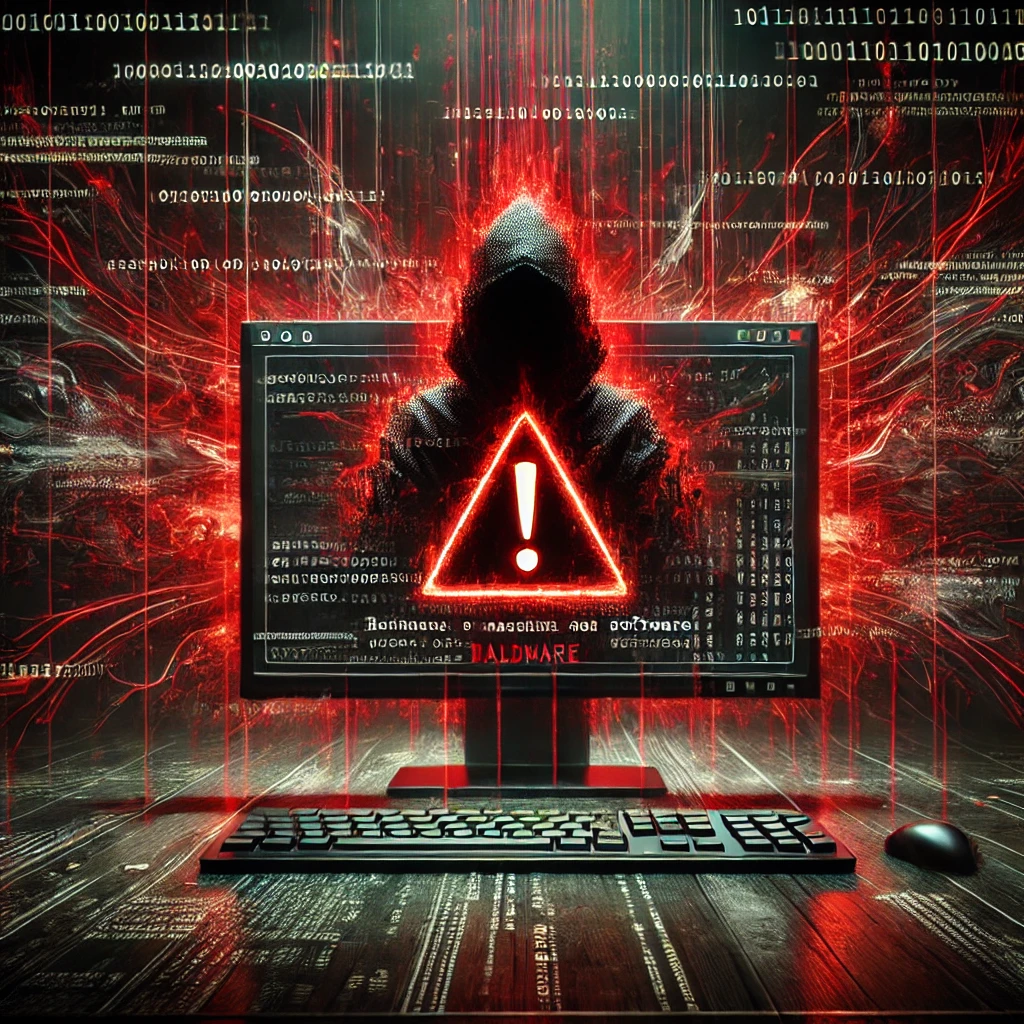Navigating the Threat Landscape: Understanding Modern Cybersecurity Challenges
In today's digital era, cyber threats are more sophisticated and pervasive than ever before, impacting individuals, organizations, and nations alike. This article delves into various prevalent cybersecurity threats, showcasing real-world campaigns and providing actionable advice to safeguard against them.
Cyber Threats Exploiting Communication Platforms
One significant example of cybersecurity threats is the abuse of popular communication platforms. A noted incident involves the Telegram messaging app, where hackers embedded code inside a Remote Access Trojan (RAT) named ToxicEye. This malware can control victims' systems remotely, steal data, and deploy additional harmful software. For more details, read the report on Packetstorm.
Malware Distribution Through Email Attachments
Another common vector for cyberattacks is email. Malware like Dridex and Locky, notorious for their roles in 2016's high-volume spam campaigns, have resurfaced via PDF attachments. These malware families are primarily financial trojans designed to steal banking information and credentials. Detailed analysis can be found on Malware News.
Increase in Nation-State Backed Phishing Attempts
In the geopolitical arena, nation-state actors like the Iranian-backed group APT42 have intensified their phishing campaigns against targets in Israel and the U.S. These campaigns often deploy a mix of tactics including malware infections, phishing pages, and social engineering strategies. For more information, visit Packetstorm.
The Rising Threat of Malvertising
'Malvertising' involves embedding malware within advertisements across various websites. This kind of attack exploits the advertising networks to distribute malware without direct user interaction. Learn more about how to defend against these attacks on Apple News.
Conclusion and Prevention Strategies
To counter these multifaceted cyber threats, individuals and organizations must adopt comprehensive cybersecurity measures. These include keeping software up to date, educating oneself and staff about the signs of phishing, and using secure and verified communication channels. Regular security audits and the implementation of advanced threat detection technologies can also significantly reduce the risk of compromise.
Cybersecurity is a continually evolving field requiring vigilance and proactive strategies to protect against diverse and sophisticated threats. Stay educated, stay secure.

